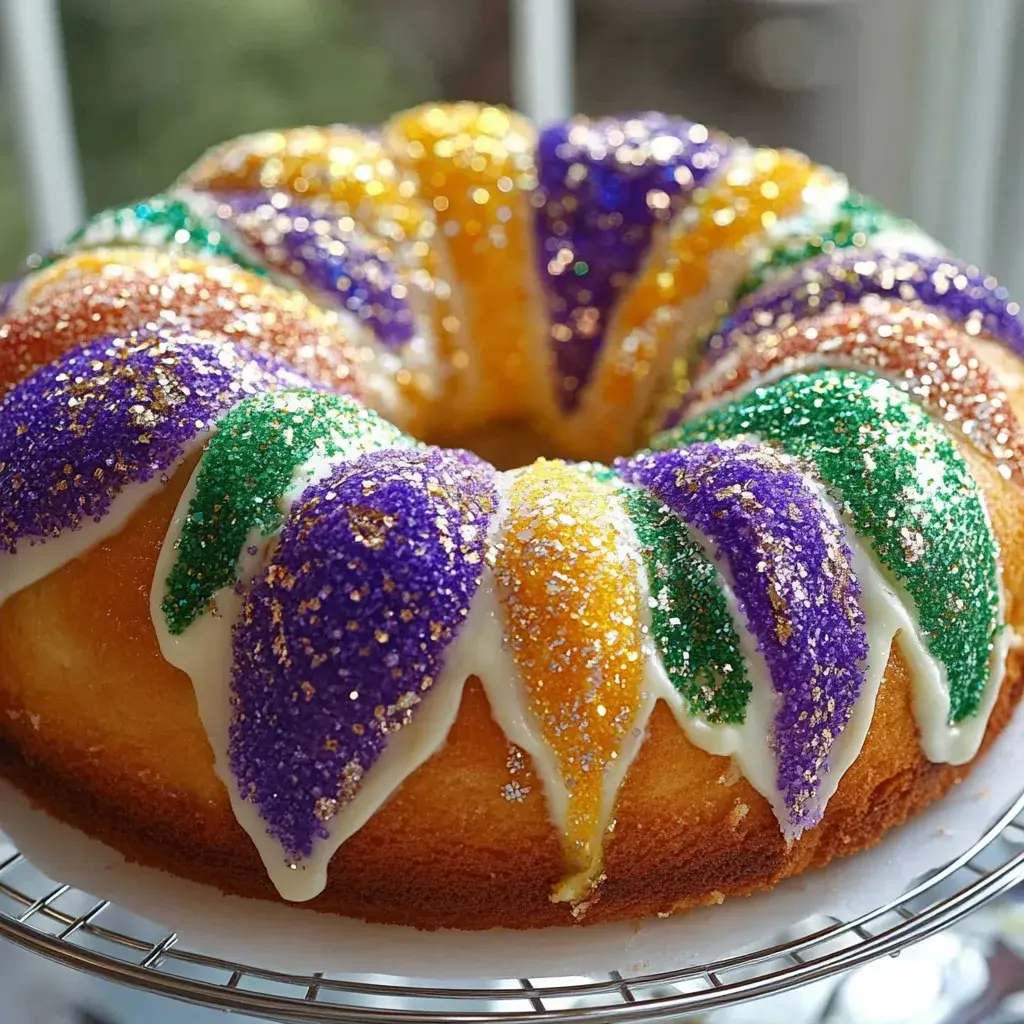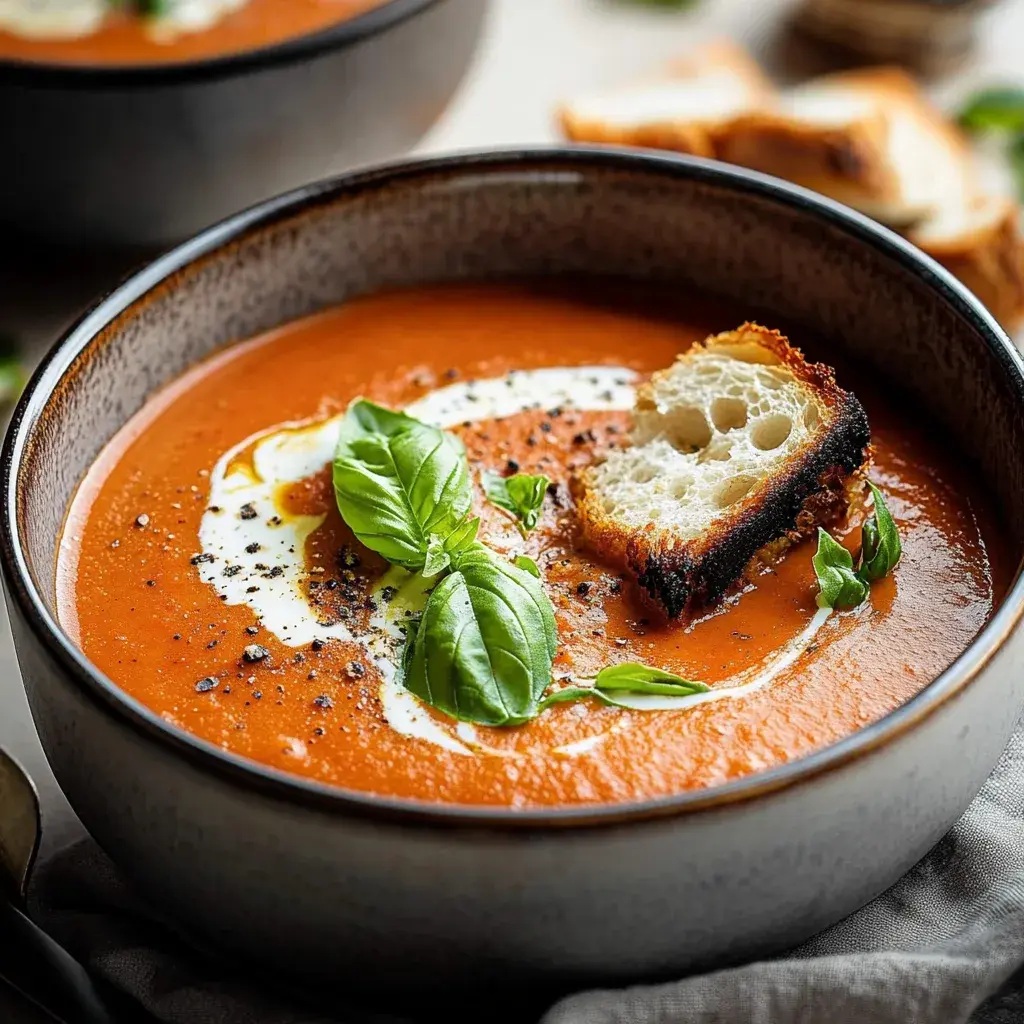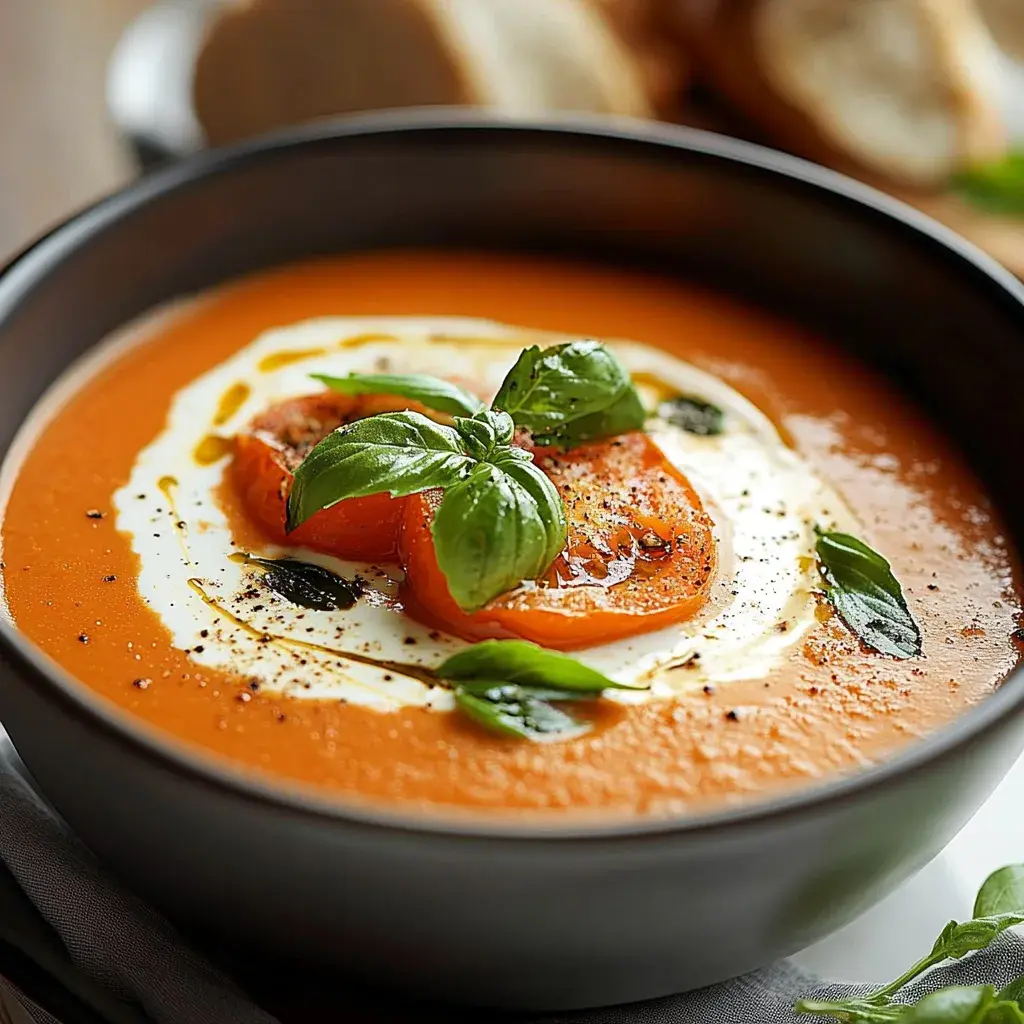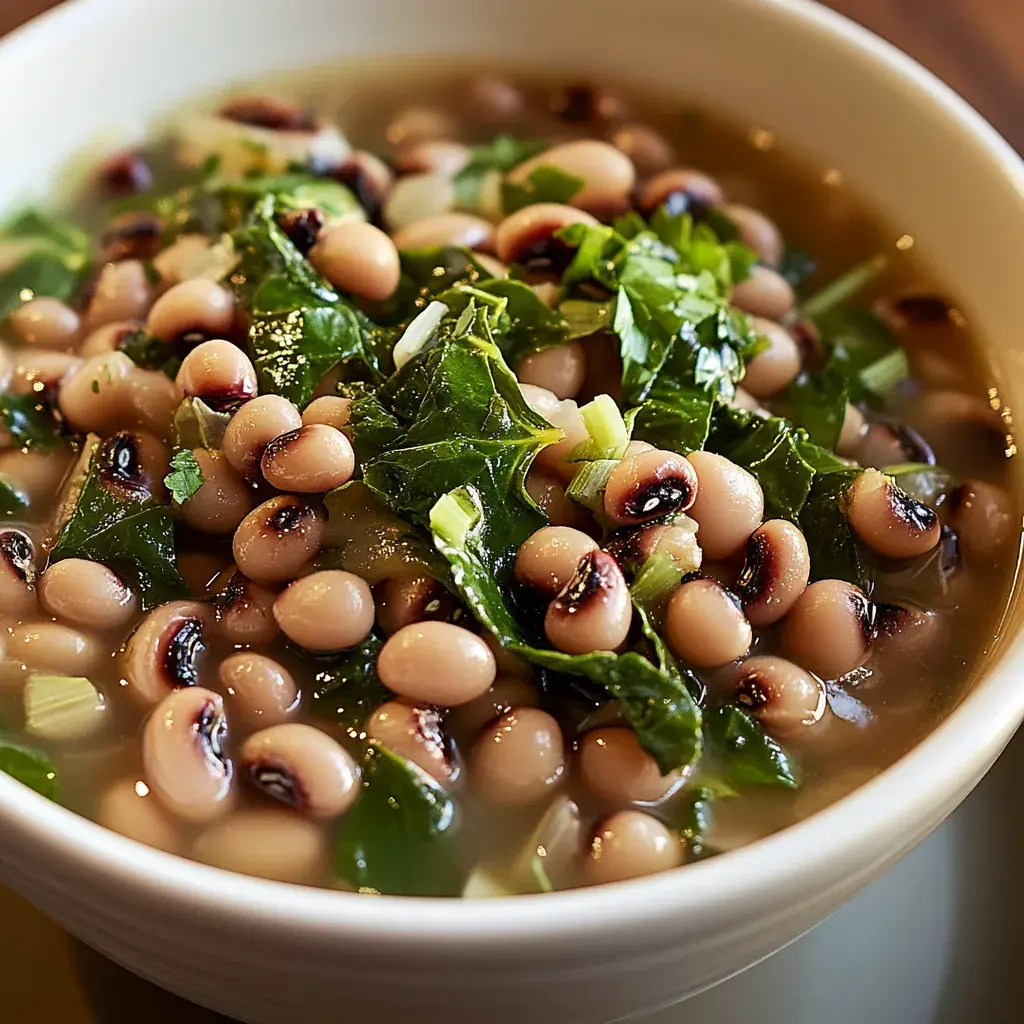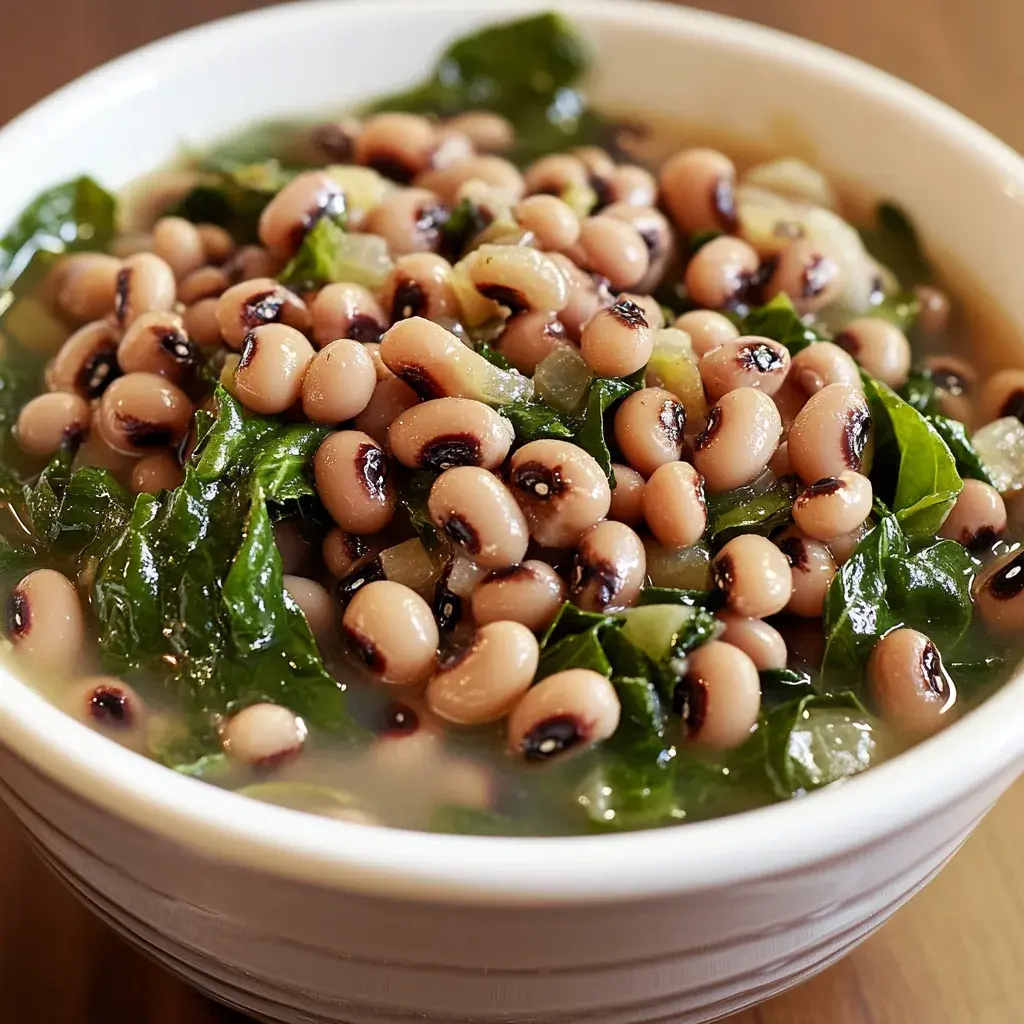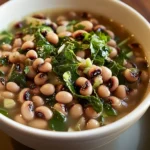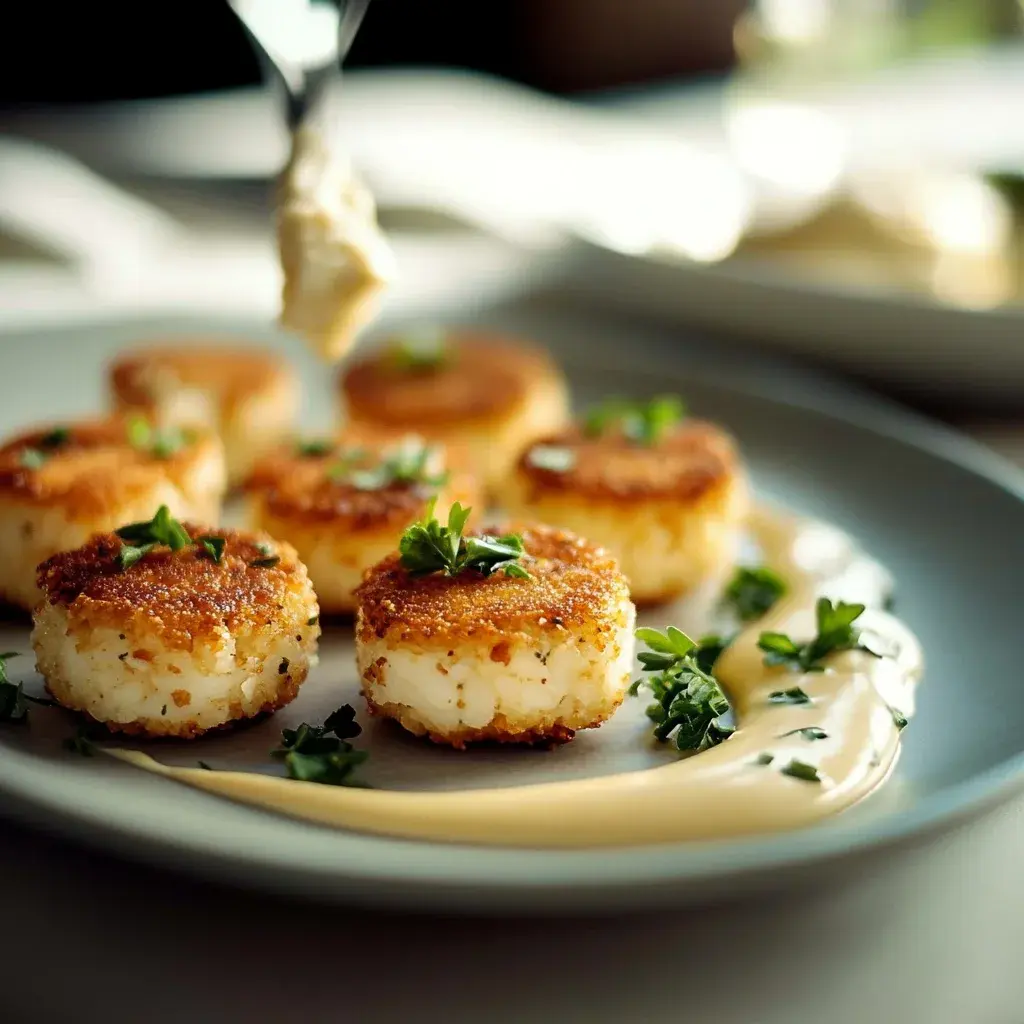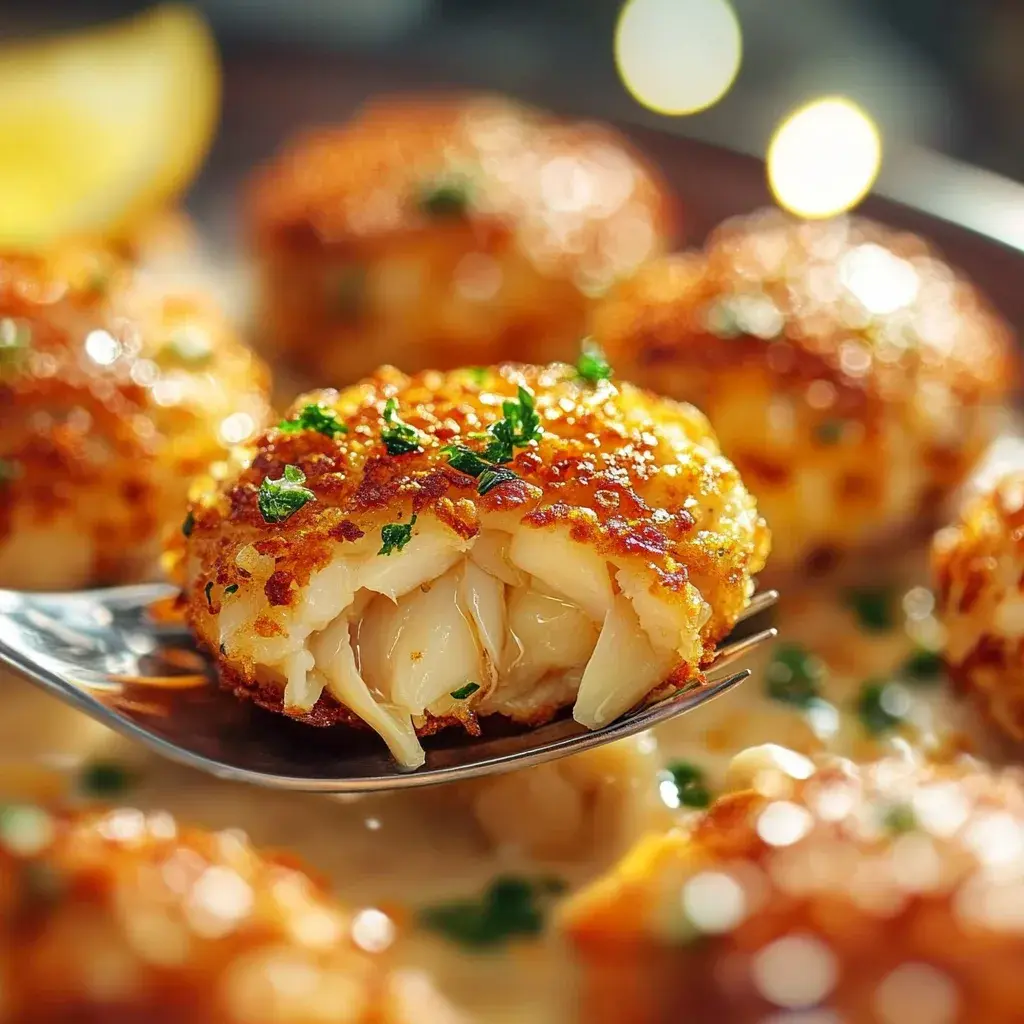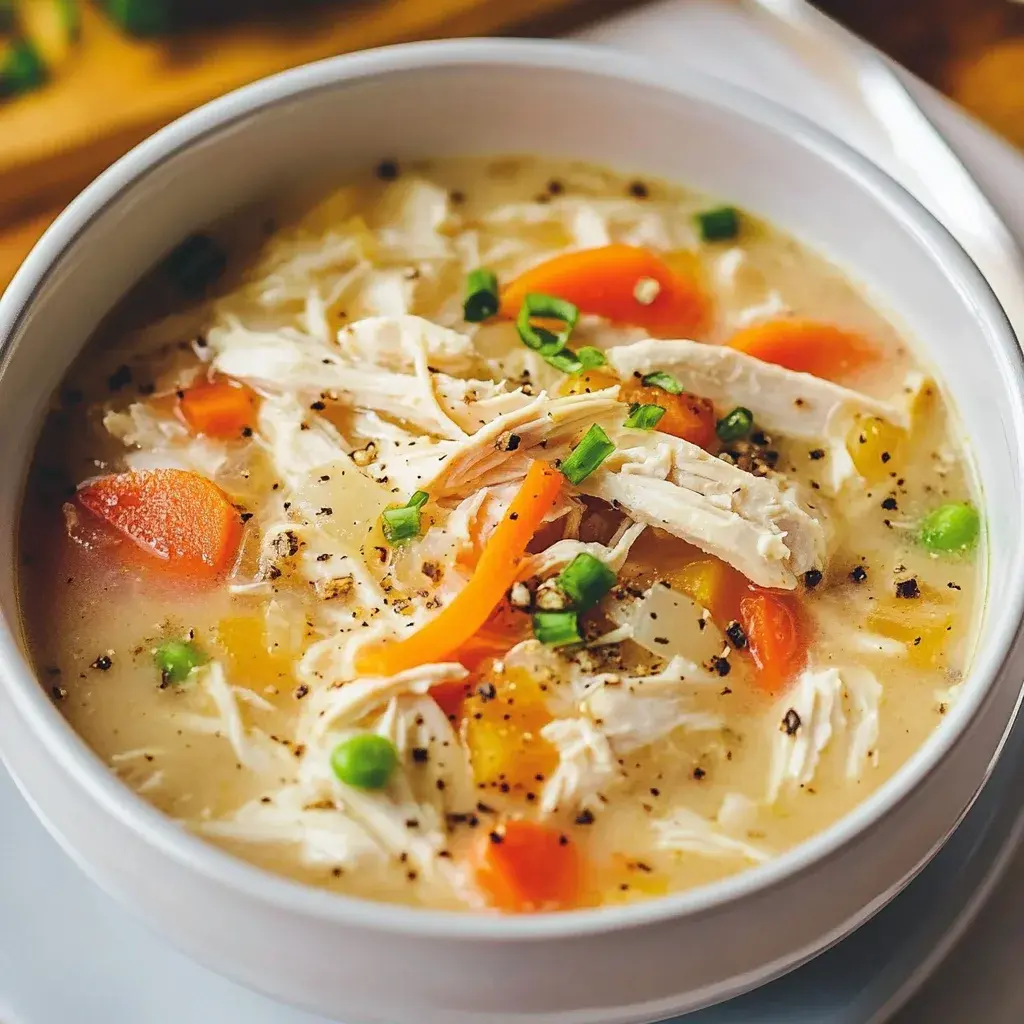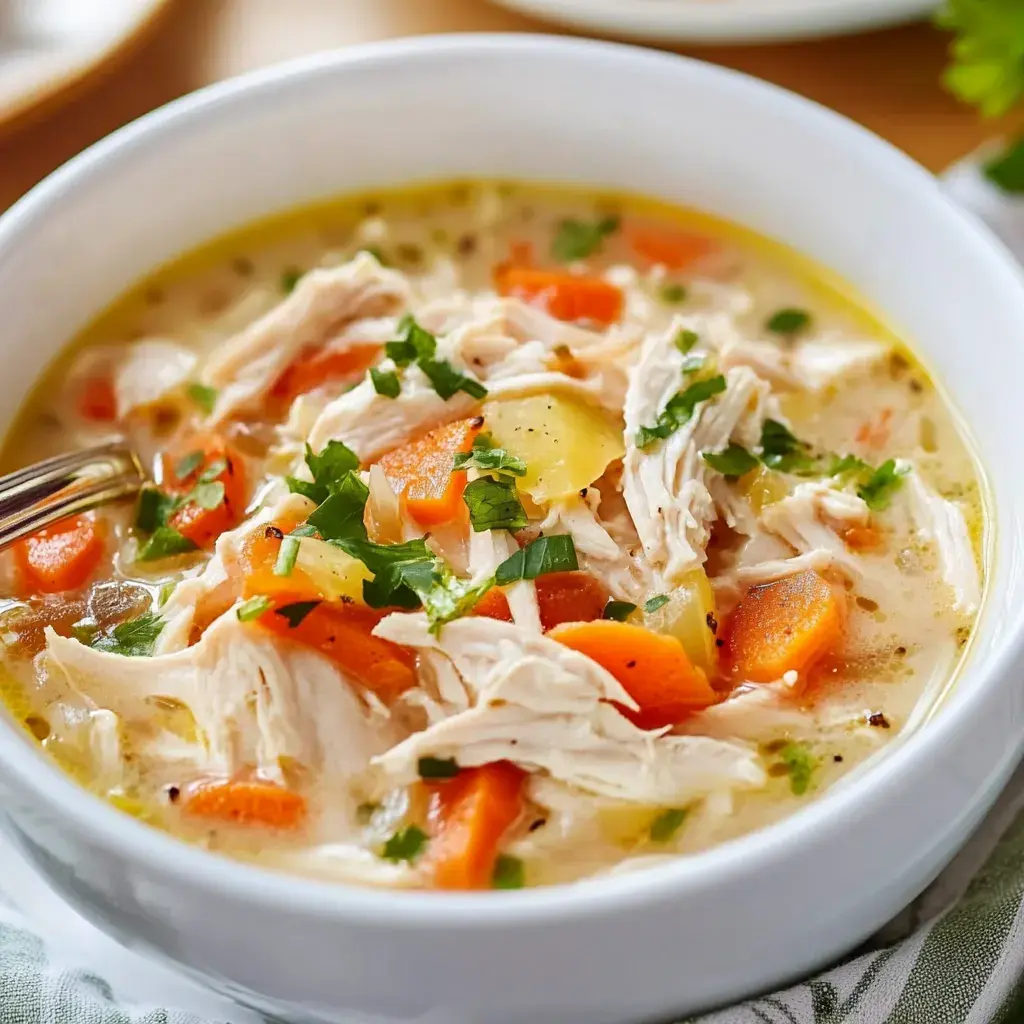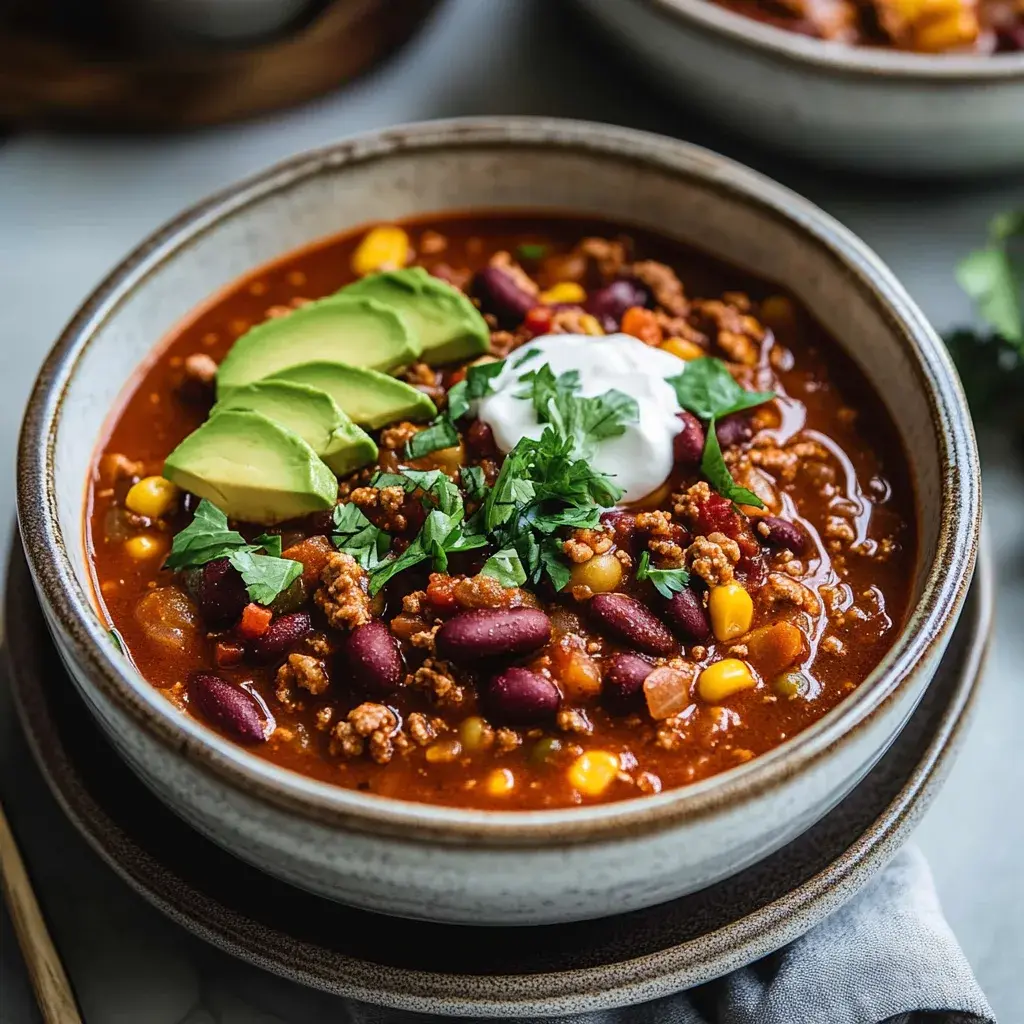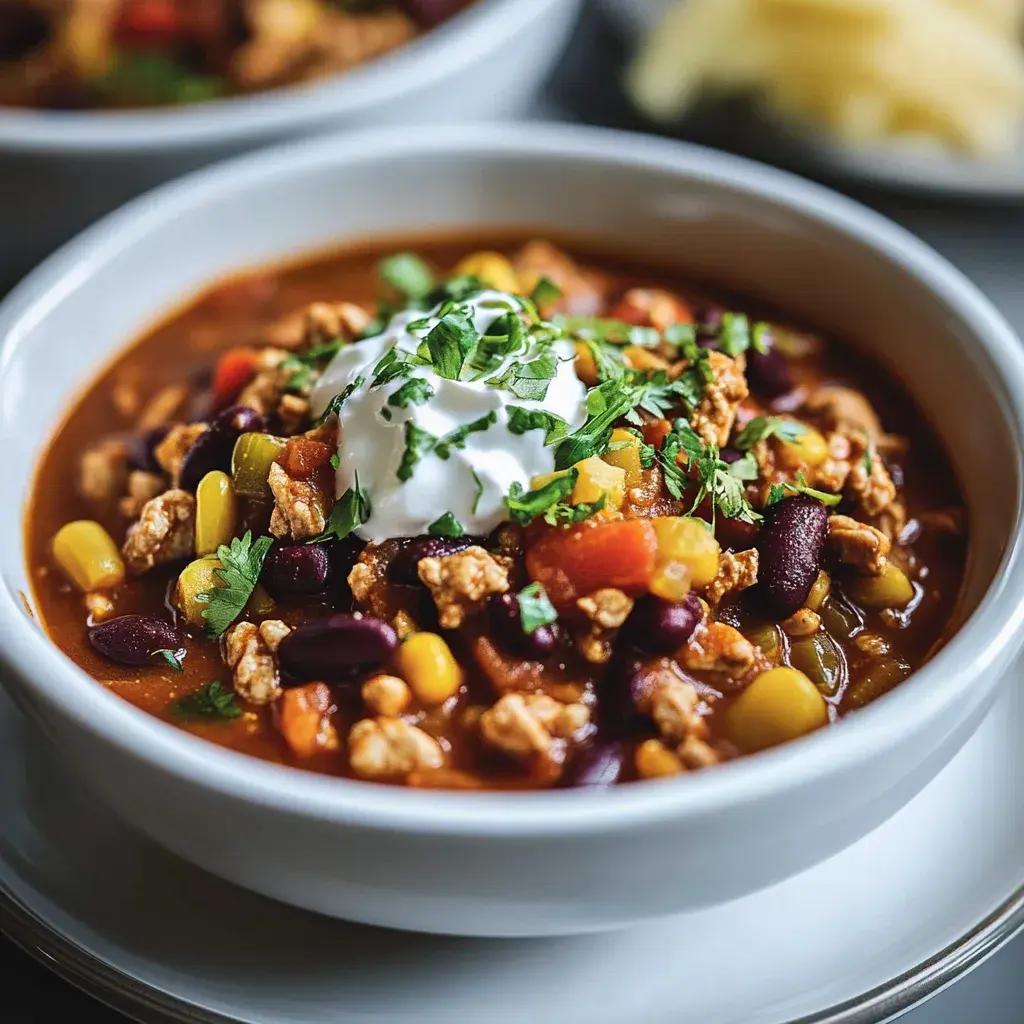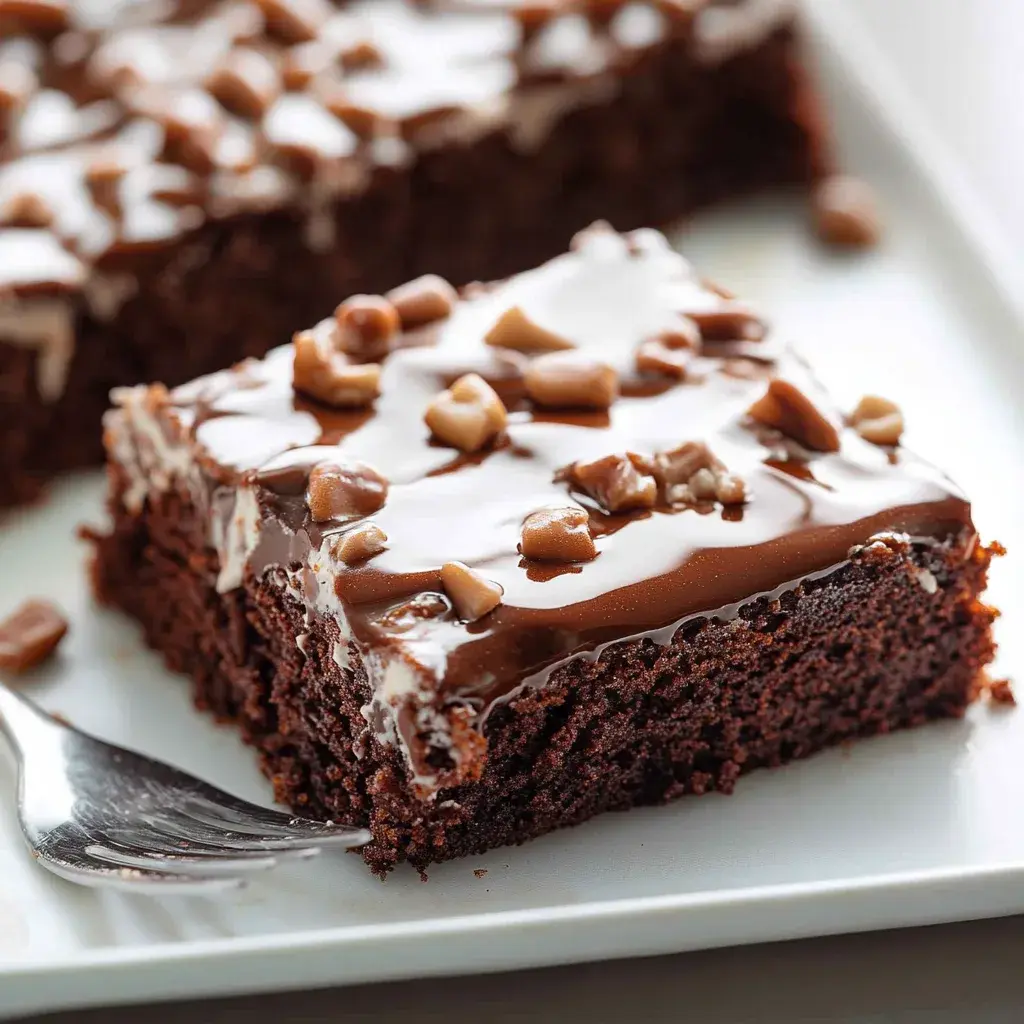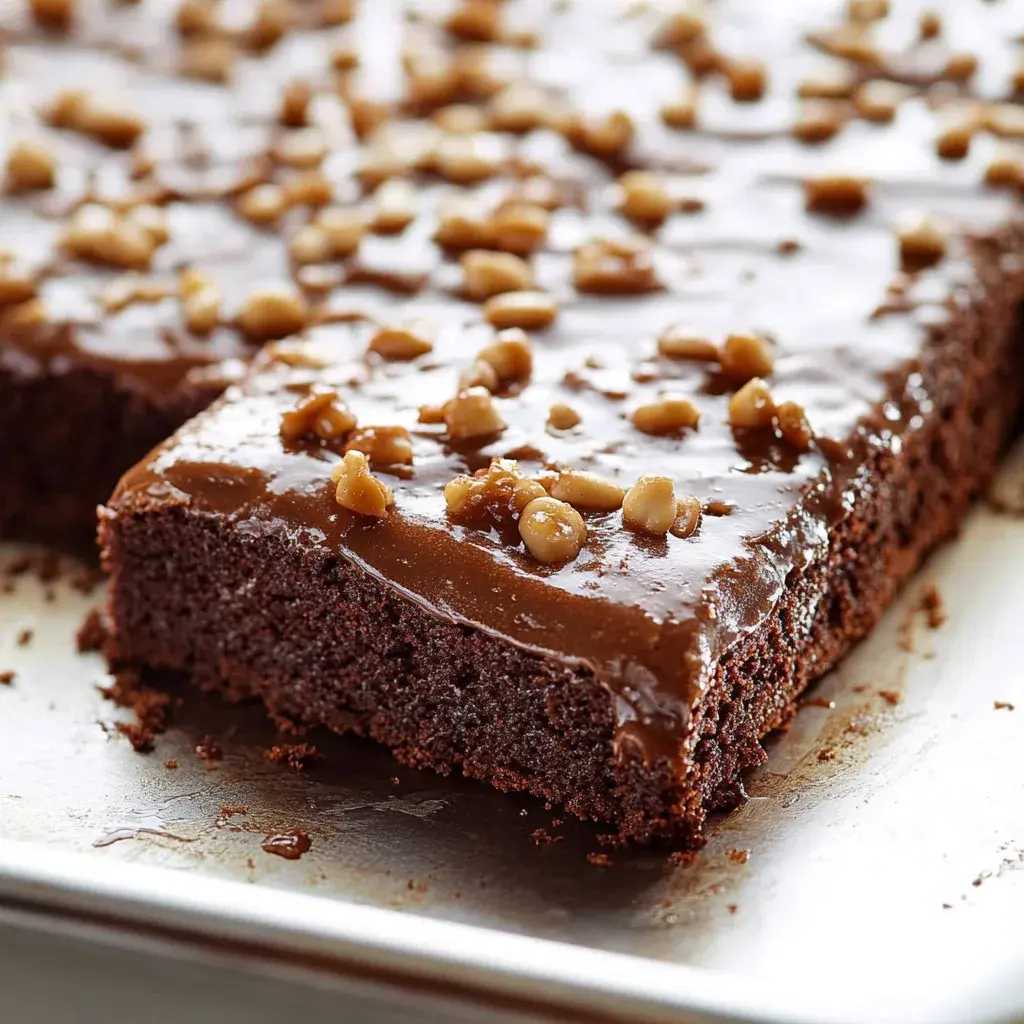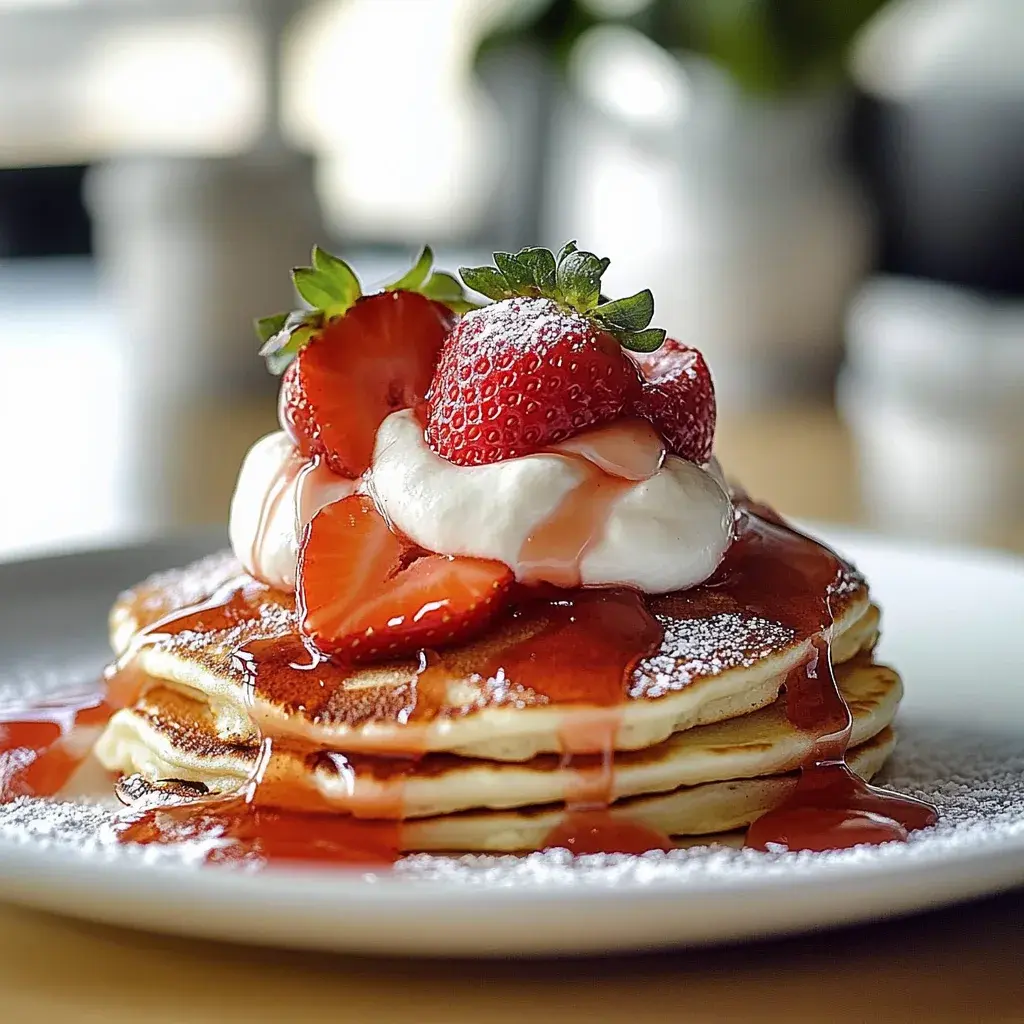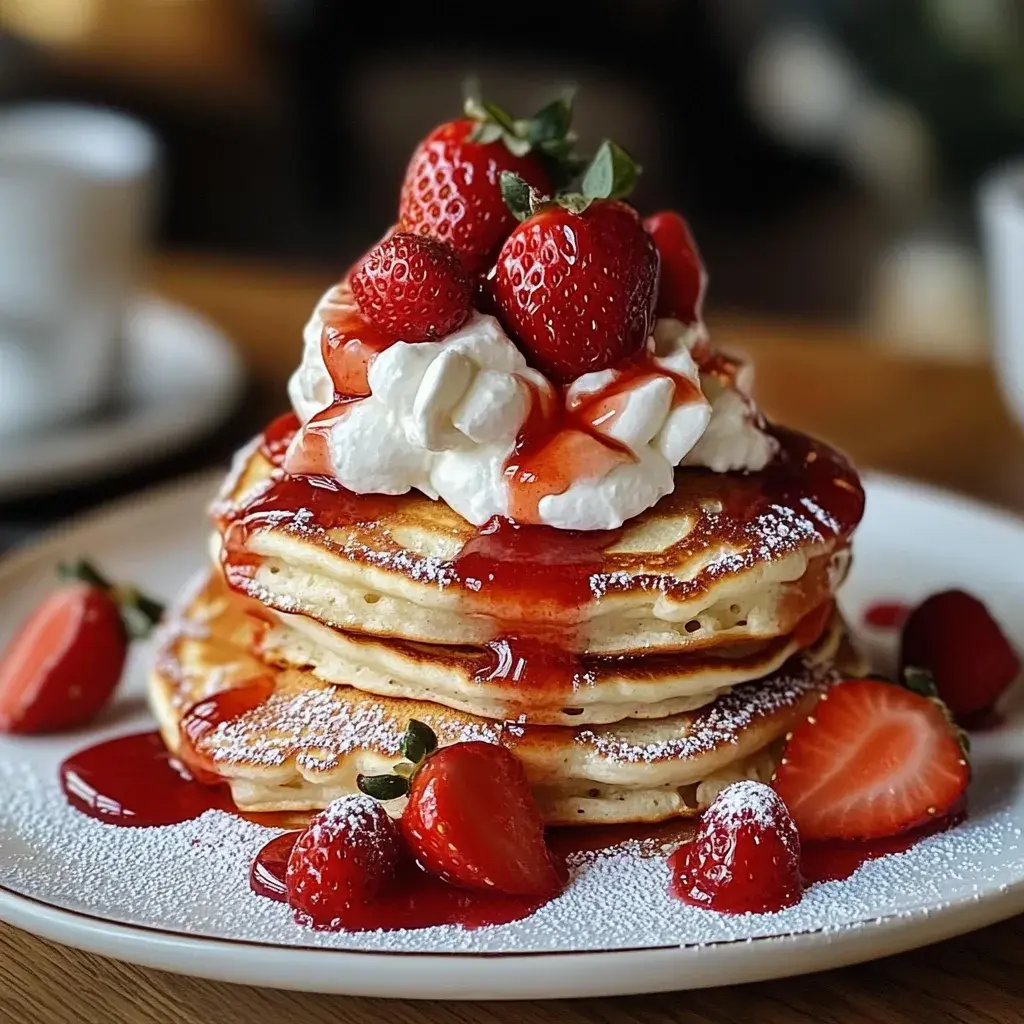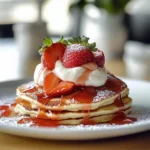Table of Contents
Easy Mardi Gras King Cake Recipe: The Only Recipe You’ll Ever Need
Imagine transforming your kitchen into a carnival of flavors with this Easy Mardi Gras King Cake Recipe, a festive dessert that’s as simple as it is spectacular. Whether you’re a novice baker or a seasoned pro, this beginner-friendly Mardi Gras king cake brings the vibrant spirit of Carnival right to your table without the hassle of complicated techniques. With its soft, buttery dough and cinnamon-swirled goodness, topped in those iconic purple, green, and gold hues, you’ll create a showstopper that’s perfect for Mardi Gras celebrations or any festive gathering. This Easy Mardi Gras King Cake Recipe ensures foolproof results every time, making it the ultimate easy king cake recipe for home cooks eager to impress. Dive into this guide for tips, tricks, and the chef’s secret that sets it apart.
The allure of this Easy Mardi Gras King Cake Recipe lies in its irresistible sensory experience. Picture the warm, aromatic scent of cinnamon and fresh-baked dough filling your home, evoking the joy of Mardi Gras parades. Each bite delivers a tender, flaky texture from the rich buttery layers, balanced by a sweet, cinnamon-kissed filling that melts in your mouth. The colorful icing adds a burst of sugary delight, with its vibrant purple, green, and gold sprinkles providing a festive crunch that makes every slice visually stunning and utterly delicious. This easy king cake recipe isn’t just food—it’s a celebration for your senses.
What makes this Easy Mardi Gras King Cake Recipe from cookingwithemy.com the single best resource online is our commitment to simplicity and success. We’ve tested and refined every step to deliver beginner-friendly flaky layers that rival professional bakers, thanks to our exclusive chef’s secret technique. In this comprehensive guide, you’ll learn insider tips for perfect texture, ingredient swaps, and even make-ahead strategies to keep the festivities stress-free. Plus, we’ve included FAQs, nutritional insights, and storage solutions to build your confidence in the kitchen. Let’s make your Mardi Gras unforgettable!
Why This Easy Mardi Gras King Cake Recipe is a Game-Changer
The chef’s secret to elevating this Easy Mardi Gras King Cake Recipe lies in our beginner-friendly flaky layers technique, which focuses on a precise kneading and rising process. By gently incorporating air into the dough during the initial mix and allowing ample time for it to rest, we achieve layers that are light, airy, and perfectly textured without requiring advanced skills. This unique angle ensures that even first-time bakers can produce a professional-quality king cake, making it a standout among easy king cake recipes.
The unbeatable texture of this Mardi Gras king cake comes from the science of yeast activation and fat distribution. The active dry yeast creates carbon dioxide that expands the dough, while the butter’s fat content interrupts gluten formation, resulting in a tender, flaky crumb rather than a tough one. High-quality butter ensures these layers remain moist and flavorful, as its emulsion properties lock in moisture during baking.
This recipe is foolproof because it’s been tested multiple times in real home kitchens, guaranteeing consistent results regardless of oven variations. We’ve incorporated detailed pro tips and common mistake warnings to eliminate guesswork, making this Easy Mardi Gras King Cake Recipe the most reliable and trustworthy option available.
Ingredient Spotlight: Quality Makes the Difference
All-purpose flour: As the foundation of the dough, all-purpose flour provides the structure and elasticity needed for a perfect rise. Its moderate protein content strikes a balance between tenderness and strength, ensuring your Easy Mardi Gras King Cake has that signature soft texture. Opt for unbleached, organic flour for better flavor and no additives. If you’re gluten-sensitive, substitute with a 1:1 gluten-free flour blend, but note it may slightly alter the texture.
Granulated sugar: This sweet staple not only adds sweetness but also feeds the yeast, helping the dough rise effectively for that fluffy Mardi Gras king cake. Using fine-grained granulated sugar ensures even dissolution, preventing grittiness. For a refined option, choose organic cane sugar. If substituting, coconut sugar works in a pinch, though it will impart a subtle caramel note and might require a slight adjustment in liquid for consistency.
Active dry yeast: The key to activating the dough’s rise, active dry yeast creates the bubbles that give your Easy Mardi Gras King Cake its light, airy quality. Fresh yeast is crucial for reliable fermentation, so check the expiration date. For a faster option, substitute with instant yeast, using the same amount but skipping the initial frothing step to save time without compromising the rise.
Milk: Milk enriches the dough, contributing to a tender crumb and enhanced flavor in this festive easy king cake recipe. Whole milk adds fat for moisture, but for a lighter version, 2% works fine. If you’re dairy-free, swap with almond milk, but add a tablespoon of oil to mimic the fat content and maintain the dough’s softness.
Butter: Butter imparts rich flavor and helps create those coveted flaky layers in your Mardi Gras king cake. High-fat butter ensures a melt-in-your-mouth texture, so choose unsalted for better control over salt levels. For a vegan twist, substitute with plant-based butter, ensuring it’s at room temperature to avoid uneven mixing and preserve the recipe’s buttery essence.
Cinnamon: This warm spice defines the filling’s comforting aroma and flavor, making your Easy Mardi Gras King Cake irresistibly aromatic. Freshly ground cinnamon offers the most potent taste, enhancing the overall festivity. If you’re out, a blend of nutmeg and allspice can substitute, but use half the amount to avoid overpowering the other flavors.
Brown sugar: In the filling, brown sugar adds moisture and a deep, molasses-rich sweetness that complements the cinnamon perfectly in this easy king cake recipe. Its moisture-retaining properties keep the cake tender. Light brown sugar is ideal, but dark can be used for a bolder flavor; if substituting with white sugar, add a bit of molasses for similar depth.
Powdered sugar: For the glossy frosting, powdered sugar dissolves smoothly, creating a vibrant, colorful topping that seals in the Mardi Gras magic. Sifting it prevents lumps for a professional finish. If needed, substitute with a homemade blend of granulated sugar and cornstarch, but ensure it’s finely ground to maintain the icing’s smooth consistency.
Step-by-Step Instructions
Step 1: Preparing the Dough
In a large bowl, combine 1 cup of warm milk (around 110°F) with 2 1/4 teaspoons of active dry yeast; let it sit for about 5 minutes until it’s frothy. Add 1/2 cup of melted butter, 1/2 cup of granulated sugar, 1 teaspoon of salt, 2 large eggs, and 3 cups of all-purpose flour. Mix well with a wooden spoon, then gradually incorporate the remaining 1 cup of flour until a soft dough forms. This step builds the base for your Easy Mardi Gras King Cake.
Pro Tip: Ensure your milk is at the right temperature—too hot and it kills the yeast, too cool and it won’t activate. Use a thermometer for accuracy to guarantee a perfect rise.
Step 2: Kneading the Dough
Turn the dough out onto a floured surface and knead for about 8 minutes until it’s smooth and elastic. Place the kneaded dough in a greased bowl, cover with plastic wrap, and let it rise in a warm area for approximately 1 hour, or until doubled in size. This resting period is crucial for developing those beginner-friendly flaky layers.
Common Mistake to Avoid: Over-kneading can make the dough tough; stop as soon as it springs back when pressed to keep your Mardi Gras king cake tender and light.
Step 3: Making the Filling
While the dough rises, mix 1/2 cup of brown sugar with 2 tablespoons of cinnamon in a small bowl. This simple blend will create the sweet, spicy swirl that defines your easy king cake recipe. Set it aside for easy application later.
Pro Tip: Freshly grind your cinnamon for a more intense flavor; it elevates the filling from good to extraordinary in your Easy Mardi Gras King Cake.
Step 4: Shaping the Cake
Once risen, punch down the dough to release air, then roll it into a large rectangle on a floured surface. Spread 1/4 cup of softened butter over the dough and sprinkle the cinnamon-sugar mixture evenly. Roll the dough tightly from one long side into a log, then shape it into an oval on a lined baking sheet.
Common Mistake to Avoid: Rolling too loosely can cause the filling to leak during baking; seal the edges firmly to maintain the cake’s structure and those perfect flaky layers.
Step 5: Second Rise and Baking
Let the shaped dough rise again for 30 minutes while preheating your oven to 350°F (175°C). Bake for about 25 minutes until golden brown. Cool slightly on the baking sheet before proceeding.
Pro Tip: Place the baking sheet in a draft-free area for the second rise to ensure even expansion, resulting in a uniformly flaky Mardi Gras king cake.
Step 6: Adding the Frosting
In a bowl, mix 2 cups of powdered sugar with 2-3 tablespoons of milk or cream until smooth. Drizzle the frosting over the cooled cake and decorate with purple, green, and gold sprinkles for that authentic Mardi Gras touch.
Common Mistake to Avoid: Frosting a warm cake can make it soggy; wait until it’s fully cooled to preserve the texture and vibrancy of your easy king cake recipe.
Serving & Presentation
For an impressive presentation of your Easy Mardi Gras King Cake, arrange it on a festive platter and drizzle the colorful icing in sweeping patterns to highlight the purple, green, and gold theme. Add edible glitter or themed sprinkles for extra flair, turning it into a centerpiece that’s as photogenic as it is delicious. Pair this festive dessert with light sides like fresh fruit salad or coffee for a balanced Mardi Gras brunch, or serve it alongside savory dishes such as jambalaya to complement the sweet-spicy flavors.
Make-Ahead & Storage Solutions
Make-Ahead Strategy: Prepare the dough up to 3 days in advance by following steps 1-2, then refrigerate it in an airtight container. When ready, let it come to room temperature and proceed with shaping and baking for fresh results.
Storing Leftovers: Store cooled slices in an airtight container at room temperature for up to 2 days, or refrigerate for up to 5 days to maintain freshness. For longer storage, freeze the cake wrapped tightly in plastic and foil for up to 3 months—thaw overnight in the fridge.
The Best Way to Reheat: To restore the original flaky texture and flavor, reheat slices in a 300°F oven for 5-10 minutes or use a microwave on low power for 20 seconds, ensuring not to overheat to avoid drying out your Mardi Gras king cake.
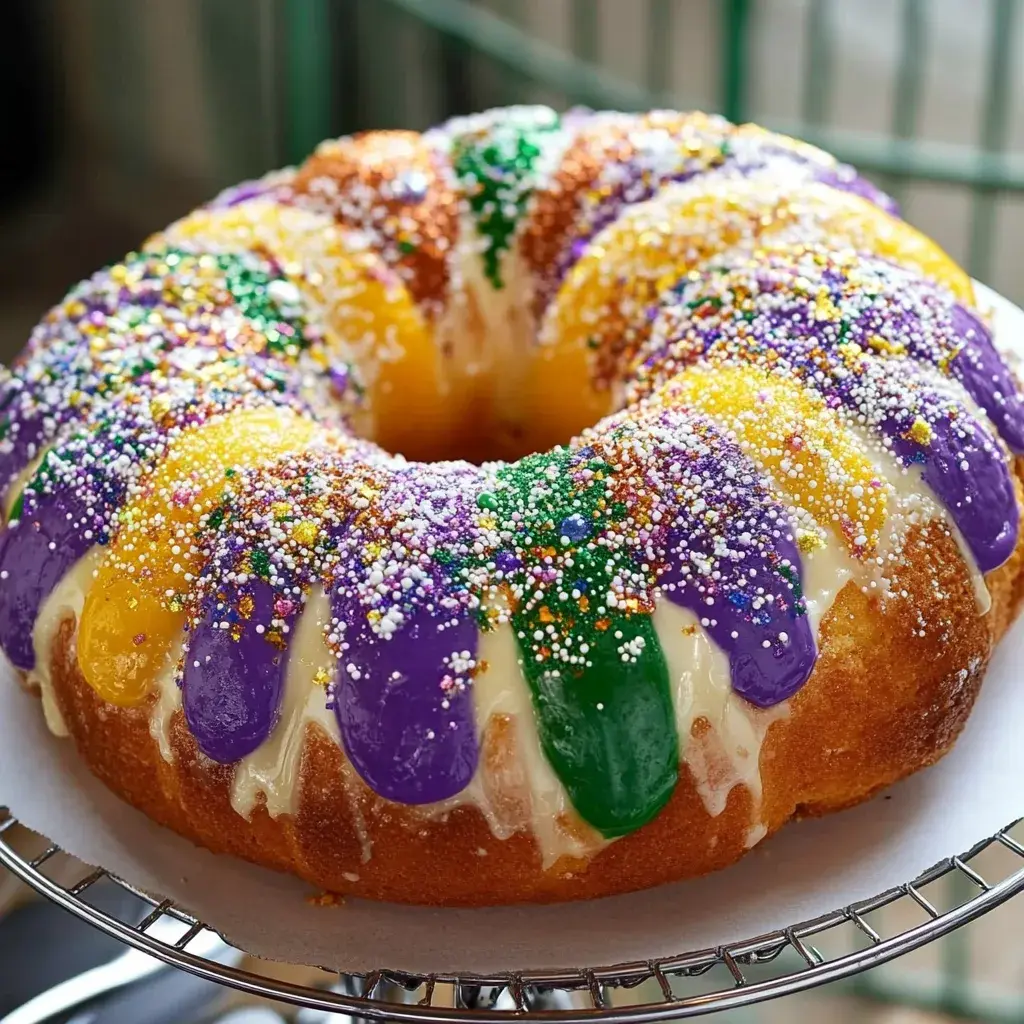
Frequently Asked Questions (FAQ)
How long does it take to make Easy Mardi Gras King Cake from scratch?
This Easy Mardi Gras King Cake Recipe takes about 20 minutes for prep, 25 minutes to bake, and includes rising times of around 1 hour and 30 minutes, for a total of approximately 2 hours and 15 minutes. It’s designed for efficiency, making it perfect for busy schedules during festivities.
Can I substitute butter with margarine in Easy Mardi Gras King Cake?
Yes, you can substitute butter with margarine in this recipe, but it may slightly alter the texture. Butter’s higher fat content contributes to those flaky layers, so use a high-quality, plant-based margarine with at least 80% fat content. Keep in mind that margarine might make the cake a bit denser, so adjust by adding an extra tablespoon of oil if needed for optimal results.
What are the best storage tips for homemade Easy Mardi Gras King Cake?
To keep your homemade Easy Mardi Gras King Cake fresh, store it in an airtight container at room temperature for up to 2 days. For longer preservation, refrigerate it for up to 5 days or freeze for up to 3 months. Always wrap it well to prevent staleness, and avoid moisture buildup which can affect the icing.
How many servings does this Easy Mardi Gras King Cake recipe make?
This recipe yields about 12 servings, based on standard slice sizes of around 80g each, making it ideal for a small gathering or party. You can adjust the portions if needed, but it’s calibrated for a balanced Mardi Gras experience.
Can I add a traditional baby to the cake?
Absolutely! To incorporate the Mardi Gras tradition, hide a small plastic baby or a dried bean in the cake before baking. Ensure it’s food-safe and warn guests to avoid choking hazards, adding an element of fun and surprise to your Easy Mardi Gras King Cake.
What variations can I try for the filling?
Customize the filling by incorporating cream cheese or fruit preserves for a unique twist. Mix in 4 ounces of softened cream cheese with the cinnamon-sugar for a richer version, or swirl in raspberry jam for a fruity burst, enhancing the flavors while keeping the recipe straightforward.
Can I make this recipe vegan or gluten-free?
Yes, you can adapt this Easy Mardi Gras King Cake for vegan or gluten-free diets. For a vegan version, swap butter and milk with plant-based alternatives like vegan butter and almond milk, and use an egg replacer such as flax eggs. For gluten-free, substitute all-purpose flour with a gluten-free blend, but add xanthan gum if it’s not included to maintain the dough’s structure and achieve those flaky layers.
Tried This Recipe? Leave a Comment!
Did you make this recipe? I’d love to hear how it turned out! Please leave a comment and a rating below. Your feedback helps other home cooks and supports cookingwithemy!
For more delicious inspiration, follow me on Pinterest!

Easy Mardi Gras King Cake Recipe
Description
Mardi Gras king cake is a vibrant and festive dessert that embodies the spirit of Carnival celebrations. This delightful treat features rich, buttery dough swirled with warm cinnamon, complemented by sweet cream cheese or fruity fillings. Topped with colorful icing in traditional Mardi Gras colors—purple, green, and gold—this cake is as stunning as it is delicious. The fun tradition of hiding a small plastic baby inside adds an element of surprise; the finder is crowned ‘king’ or ‘queen’ for the day! Whether you’re celebrating Mardi Gras or simply indulging your sweet tooth, this easy recipe will add joy and festivity to your table.
Ingredients
- All-purpose flour
- Granulated sugar
- Active dry yeast
- Milk
- Butter
- Cinnamon
- Brown sugar
- Powdered sugar
Instructions
- In a large bowl, combine warm milk and active dry yeast; let sit until frothy (about 5 minutes). Add melted butter, granulated sugar, salt, eggs, and half the flour. Mix well and gradually incorporate remaining flour until a soft dough forms.
- Knead on a floured surface for about 8 minutes until smooth. Place in a greased bowl, cover with plastic wrap, and let rise in a warm area for approximately 1 hour.
- Mix brown sugar with cinnamon for the filling while waiting for the dough to rise.
- Once risen, punch down the dough and roll it into a rectangle. Spread softened butter over it and sprinkle with cinnamon-sugar mixture before rolling tightly from one long side.
- Shape the rolled dough into an oval on a lined baking sheet. Let rise again for 30 minutes while preheating oven to 350°F (175°C). Bake for about 25 minutes until golden brown.
- Cool slightly before mixing powdered sugar with milk or cream until smooth for frosting. Drizzle over cooled cake and decorate with colored sprinkles.
Notes
Use fresh ingredients for best results.
Customize your fillings—try cream cheese or fruit preserves!
Monitor baking time closely as ovens can vary.
Nutrition
- Calories: 280
- Sugar: 20g
- Fat: 10g
- Carbohydrates: 42g
- Protein: 4g
Conclusion
This delightful recipe brings together rich flavors and simple ingredients to create a treat that’s both comforting and irresistible, perfect for family gatherings or a cozy night in. With its creamy texture and balanced sweetness, it’s sure to become a go-to favorite for anyone with a sweet tooth. For a fun variation, try swapping in seasonal fruits to give it a fresh twist, and pair it with a cup of coffee for the ultimate indulgence. If you’re craving more sweet inspirations, you might also enjoy the Delightful Pink Velvet Cupcakes with Cream Cheese Frosting or the Strawberry Kiss Cookies.
